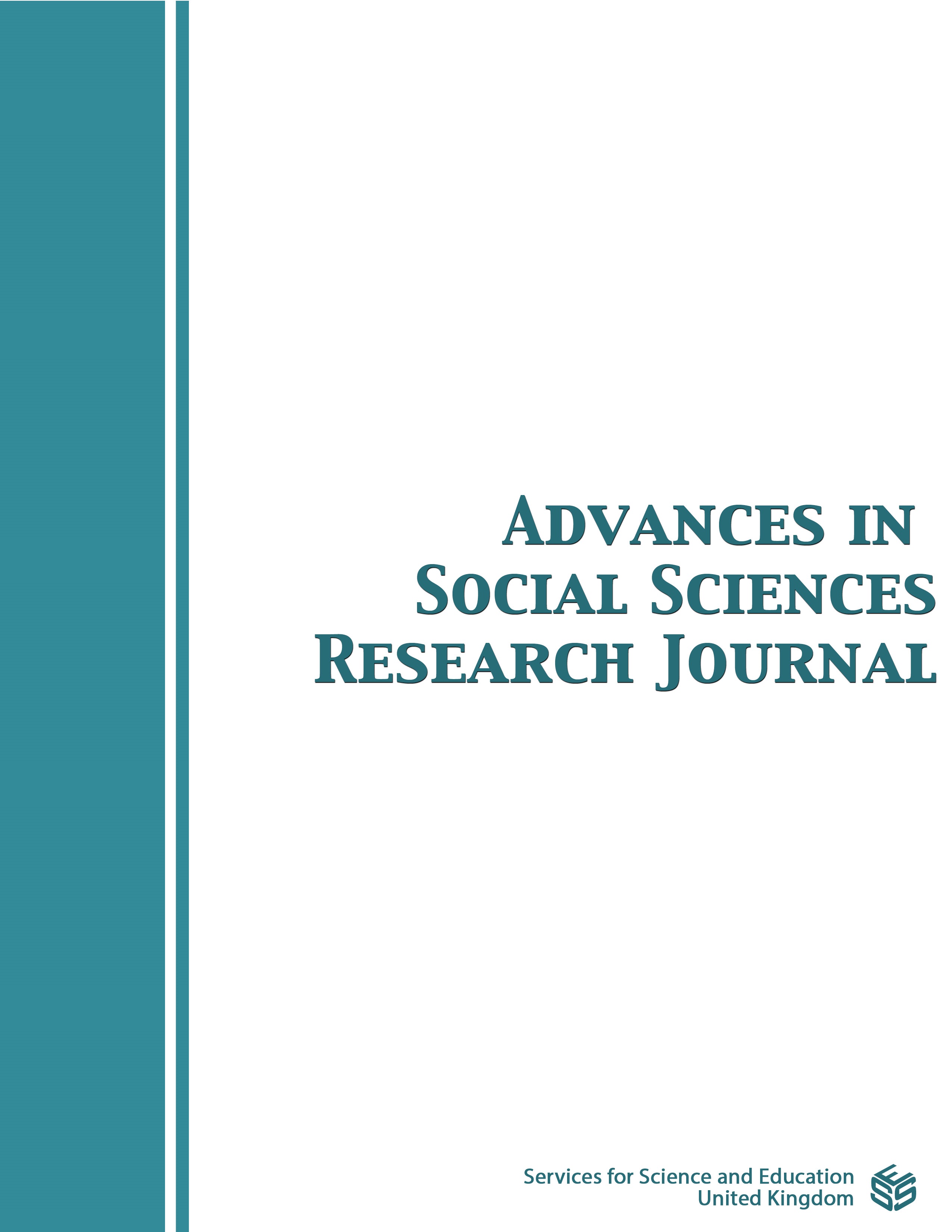Explaining Non-Performing Loans of Commercial Banks in Malaysia
DOI:
https://doi.org/10.14738/assrj.106.2.15014Keywords:
Non- performing loan, Capital adequacy, Liquidity, Fixed effect modelAbstract
This study examines the influence of bank size, capital adequacy, profitability and liquidity on non-performing loans (NPLs). The growing risk of non-performing loans leading to banks’ potential losses motivates this study to be conducted. This study includes commercial banks in the Main Market of Bursa Malaysia from 2010 to 2021. To test the hypotheses, this study employs a Fixed Effect model. The results show that bank size and capital adequacy have a significant and negative relationship with non-performing loans, indicating that banks with larger and higher capital adequacy have lower NPLs. Generally, this study found a limited number of commercial banks listed in the Malaysian market, providing a smaller sample. Nonetheless, the results of this study may benefit commercial banks in the significant factors to prevent the occurrence of non-performing loans.
Downloads
Published
How to Cite
Issue
Section
License
Copyright (c) 2023 Leedya Sivalaxmi Sivarajan, Siti Sarah Alyasa-Gan, Norliza Che-Yahya, Sharullizuannizam Salehuddin

This work is licensed under a Creative Commons Attribution 4.0 International License.
Authors wishing to include figures, tables, or text passages that have already been published elsewhere are required to obtain permission from the copyright owner(s) for both the print and online format and to include evidence that such permission has been granted when submitting their papers. Any material received without such evidence will be assumed to originate from the authors.






